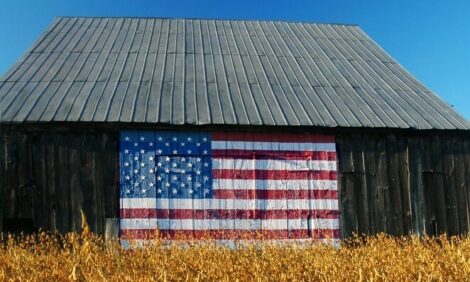



Smaller Planted Corn Acreage Surprises Trade
US - The Agriculture Department yesterday released the 2010 Acreage report, and the numbers point to less corn acres than markets had expected.The new number should be favorable to the corn market, according to John Anderson, an economist with the American Farm Bureau Federation.
“Today’s acreage report is watched very closely by the trade because it is the first official estimate of actual planted acreage,” Dr Anderson said. “According to USDA’s National Agriculture Statistics Service (NASS), planted corn acreage is estimated at 87.9 million acres. This is much lower than anybody expected. Most in the trade were expecting more than 89 million corn acres. This is very supportive of the corn market.”
Planted soybean acreage, on the other hand, is generally on the high side of what many in the trade expected. NASS estimates 2010 soybean plantings at 78.9 million acres. This is a 1.4 million acres or 2 per cent increase from 2009, when soybean plantings totaled 77.45 million acres. Soybean planted acreage this year set a new record.
And while corn acreage is less than forecast, plantings are still near historic highs. Planted corn acreage in 2010 is up 1.4 million acres from last year. This marks the second consecutive increase in planted acreage to corn and the second highest acreage on record since 1946, only behind 2007.
Dr Anderson said good planting conditions for both corn and soybeans and generally favorable growing conditions point to favorable harvests.
“Crops look very good right now, and it is still possible that we could see record corn and soybean crops this year,” he said.
USDA also released its quarterly grains stocks report yesterday, showing corn stocks up 1 per cent from June 2009 and soybean stocks down 4 per cent. Corn stocks were lower than what the trade expected, which means more corn is being used than anticipated.
“Last year at harvest we had some problems with grain quality in corn. There has been quite a bit of discussion in the market about low test weight corn not going as far in livestock rations. For whatever reason, whether due to quality issues or just higher demand from the livestock and poultry sector, today’s corn stocks estimate suggests that feed use of corn has been larger than expected,” Dr Anderson said.











